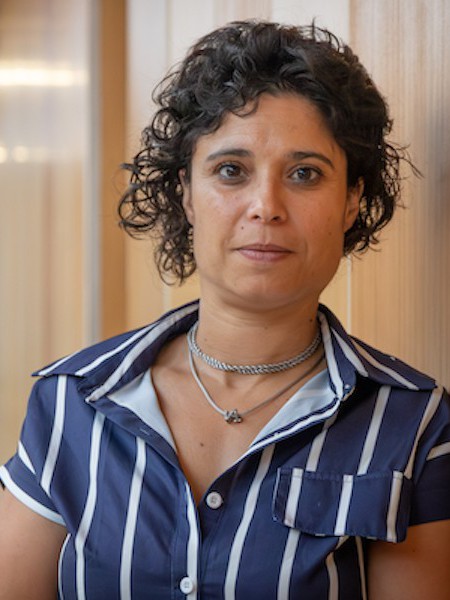abstract
All-lignin coating formulations were prepared while combining water-soluble cationic kraft lignin (quaternized LignoBoost (R), CL) and anionic lignosulphonate (LS). The electrostatic attraction between positively charged CL and negatively charged LS led to the formation of insoluble self-organized macromolecule aggregates that align to films. The structures of the formed layers were evaluated by atomic force microscopy (AFM), firstly on glass lamina using dip-coating deposition and then on handsheets and industrial uncoated paper using roll-to-roll coating in a layer-by-layer mode. Coated samples were also characterized by optical microscopy, scanning electron microscopy (SEM) coupled with energy dispersive spectroscopy (SEM/EDS), and contact angle measurements. It was suggested that the structure of all-lignin aggregates is the result of the interaction of amphiphilic water-soluble lignin molecules leading to their specifically ordered mutual arrangement depending on the order and the mode of their application on the surface. The all-lignin coating of cellulosic fiber imparts lower air permeability and lower free surface energy to paper, mainly due to a decrease in surface polarity, thus promoting the paper's hydrophobic properties. Moderate loading of lignin coating formulations (5-6 g m(-2)) did not affect the mechanical strength of the paper.
keywords
BARRIER PROPERTIES; CELLULOSE FIBERS; LIGNOSULFONATES; CHITOSAN
subject category
Chemistry; Materials Science; Metallurgy & Metallurgical Engineering; Physics
authors
Pinto, PIF; Magina, S; Fateixa, S; Pinto, PCR; Liebner, F; Evtuguin, DV
our authors
Projects
CICECO - Aveiro Institute of Materials (UIDB/50011/2020)
CICECO - Aveiro Institute of Materials (UIDP/50011/2020)
Associated Laboratory CICECO-Aveiro Institute of Materials (LA/P/0006/2020)
acknowledgements
This work was carried out under the Project Inpactus-innovative products and technologies from eucalyptus, Project No 21874 funded by Portugal 2020 through the European Regional Development Fund (ERDF) in the frame of COMPETE 2020 No 246/AXIS II/2017 and within the scope of the project CICECO-Aveiro Institute of Materials, UIDB/50011/2020, UIDP/50011/2020 & LA/P/0006/2020, financed by national funds through the FCT/MCTES(PIDDAC) and when appropriate cofinanced by FEDER under the PT2020 Partnership Agreement. S.F. thanks FCT for her research contract (REF-069-88-ARH-2018) which is funded by national funds (OE), through FCT-Fundacao para a Ciencia e a Tecnologia, I.P., in the scope of the frame work contractforeseen in the numbers 4, 5, and 6 of the article 23, of the Decree-Law 57/2016, of August 29, changed by Law 57/2017, of July 19. Sandra Magina acknowledges FCT for the PhD grant SFRH/BD/121275/2016.





